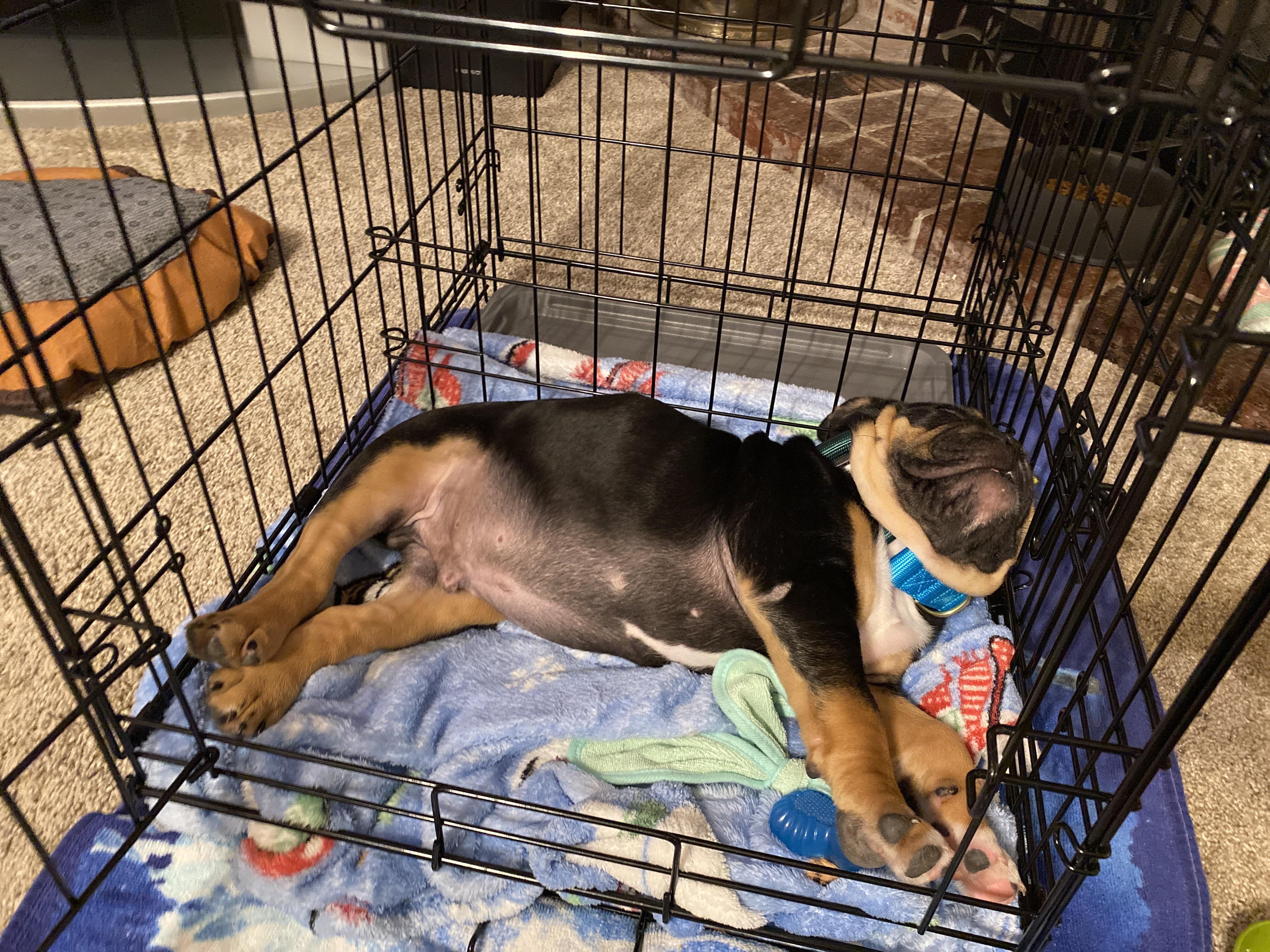Crate training is a topic that often stirs a mix of emotions and opinions among pet owners and animal lovers alike. For some, the image of a dog confined to a crate conjures feelings of discomfort and concern, while others view it as a practical and beneficial tool for both the pet and owner. In this article, we aim to navigate the complexities of crate training, examining whether it is a compassionate practice or one that crosses the line into cruelty. With a warm and understanding approach, we will explore the fundamentals of crate training, its potential benefits, and the ethical considerations that every responsible pet owner should weigh. Whether you’re a seasoned dog owner or a curious newcomer, our goal is to provide you with the knowledge and insights needed to make an informed decision that prioritizes the well-being of your furry friend.
Understanding the Basics of Crate Training
Crate training is a technique used by pet owners to provide a safe and comfortable space for their dogs, simulating a natural den environment. When introduced properly, it can become a sanctuary for your furry friend. The key is to ensure that the crate is associated with positive experiences and not punishment. To get started, choose a crate that is appropriately sized—your dog should be able to stand, turn around, and lie down comfortably. Place soft bedding inside and add some of their favorite toys.
- Start Slowly: Introduce the crate gradually, allowing your dog to explore it at their own pace.
- Create Positive Associations: Use treats and praise to encourage your dog to enter and stay in the crate.
- Consistency is Key: Make crate time a regular part of your dog’s routine, but avoid using it for extended periods.
Remember, the crate should never be used as a form of punishment. It’s essential to foster a warm and welcoming environment that your pet will associate with comfort and safety. With patience and understanding, crate training can become an invaluable tool in nurturing a well-adjusted and happy dog.
Benefits of Crate Training for Both Pets and Owners
Crate training offers a myriad of advantages that extend to both pets and their owners, fostering a harmonious living environment. For pets, particularly dogs, a crate can become a cozy den-like sanctuary where they feel secure and comfortable. It can be a place where they retreat to rest, relax, and decompress from the hustle and bustle of daily life. This sense of security can be especially beneficial during stressful events such as thunderstorms or fireworks.
From an owner’s perspective, crate training can simplify many aspects of pet care. House training becomes more manageable as crates encourage pets to control their bladder and bowel movements. This can significantly reduce the likelihood of accidents inside the home. Additionally, traveling with pets becomes less stressful, as they are already accustomed to their portable safe space, reducing anxiety during car rides or flights. A crate also offers a practical solution for managing your pet’s safety and preventing destructive behavior when you’re unable to supervise them directly.
- House training becomes easier.
- Pets gain a secure space to call their own.
- Reduces anxiety during travel.
- Prevents destructive behavior when unsupervised.

Addressing Common Concerns About Crate Training
Many pet owners worry about the implications of crate training, questioning whether it might be harmful or stressful for their furry companions. Understanding the nature of dogs can ease these concerns. Dogs are den animals by instinct, and a crate can serve as a safe and secure space, mimicking the cozy dens they naturally seek in the wild. When introduced correctly, a crate becomes a retreat for your dog, providing comfort and reducing anxiety, especially during periods when they are left alone.
- Fear of Confinement: Some worry that a crate is akin to a cage. However, with proper training, dogs see crates as their own space rather than a prison. Gradual introduction and positive reinforcement can make the crate a haven.
- Overuse Concerns: It’s crucial not to over-rely on crate time. Dogs need regular exercise and social interaction, and a crate should never substitute for these essential activities.
- Behavioral Issues: If a dog seems distressed in a crate, it might indicate a need for slower acclimatization or adjustments in training methods. Observing your pet’s behavior and adjusting as needed can lead to successful crate training.
By addressing these concerns with empathy and understanding, crate training can become a positive experience, fostering a sense of security and belonging for your beloved pet.

Tips for Humane and Effective Crate Training
Crate training, when done thoughtfully, can provide a safe haven for your furry friend and facilitate a smoother transition into your home. Here are some humane and effective tips to ensure a positive experience:
- Introduce Gradually: Allow your pet to explore the crate at their own pace. Initially, keep the door open and let them sniff around. Placing a few treats or a favorite toy inside can entice them to enter willingly.
- Make It Comfortable: Line the crate with soft bedding to make it inviting. A cozy environment encourages your pet to see the crate as a restful retreat.
- Positive Reinforcement: Reward your pet with praise or treats each time they enter the crate. Positive associations will help them view it as a pleasant space.
- Never Use as Punishment: The crate should be a place of comfort, not a tool for discipline. Using it as a punishment can create anxiety and fear.
- Be Patient: Every pet adapts at their own pace. Consistency and patience are key to helping them feel secure in their new environment.
By following these steps, you can create a nurturing and reassuring atmosphere, making the crate a beneficial space for both you and your pet.

